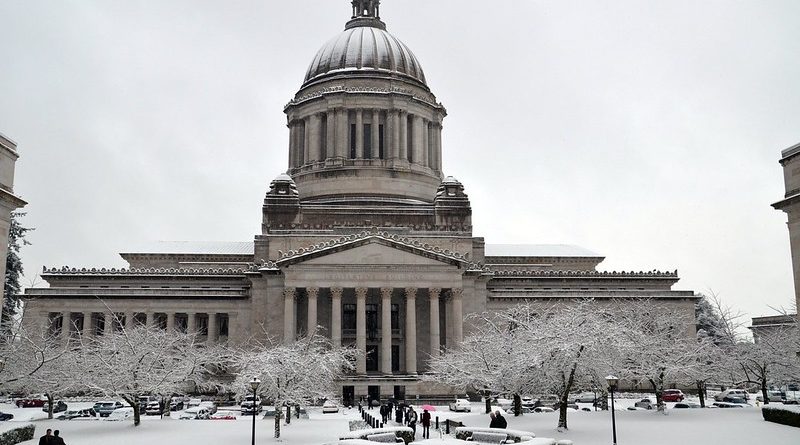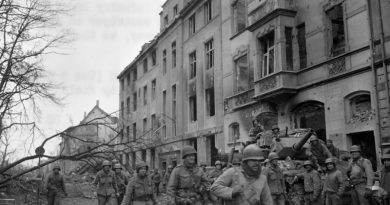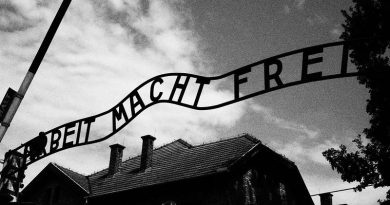Temple of the People: Washington’s Capitol
History Facts
Where: Washington DC, USA
When: 1857
History: Houses Congress, originally commissioned by Washington but became a plagued architectural project
Go there for: witnessing politics in action
Where it’s at
Whether or not you think that Washington is actually the capital of the free world, the decisions taken in this city have enormous influence worldwide. The Capitol building itself is the centre of the centre; it literally sits on the four corners of the four quadrants that make up DC, atop of Capitol Hill. For two centuries it’s been a powerful symbol of America’s pride in its democratic values; in 1812 Thomas Jefferson hailed it as “the first temple dedicated to the sovereignty of the people, embellishing with Athenian taste the course of a nation looking far beyond the range of Athenian destinies”. The Capitol houses Congress, one of the three branches of federal power. These branches are legislative (Congress) – to write the laws, judicial (the Supreme Court) – to interpret them and the executive (the presidency) – to administer them. Congress is bicameral, with equal representation of every state in the upper chamber, the Senate, and proportional representation in the House of Representatives. The House of Representatives has 435 members while the Senate has 100 members.
Construction of The Capitol
The Capitol was placed in one of two of the most significant locations in the city according to the plans drawn up by the original French architect of the city, L’Enfant in 1791; the other is where the White House was built. He placed it on what was then called Jenkins Hill, which he said was like a “pedestal waiting for a monument”. Construction on the building started in 1793 with George Washington placing the cornerstone and anointing it with wine and oil in Masonic style – it was immediately lost and its whereabouts have never been determined. The designer William Thornton was chosen in a national search and when Thomas Jefferson added another architect (Benjamin Henry) to the team at the turn of the century, squabbles abounded over the direction of the building. This bickering was cut short in 1814 when the British marched on the city, virtually destroying it and burning down both the White House and the Capitol building.
Such was the destruction of a city that had never been particularly popular that the DC project was almost aborted altogether but by 1857, under the guidance of Charles Bullfinch, the Capitol resembled the building we recognise today, replete with its new nine-million-pound iron dome. Inside this magnificent piece is Constantino Brumidi’sApotheosis of Washington fresco in which the president is welcomed to heaven by thirteen angels representing the thirteen original states – some people claim the painter used local prostitutes to model for the angels!
The present day Capitol
These days the Capitol, with its 540 rooms, 658 windows (108 in the Dome alone) and 850 doorways, is a small city. It houses 535 elected lawmakers and around 20,000 workers in the six buildings that surround the actual Capitol building. The complex has a 1,200 police force, doctors, nurses, electricians, carpenters, painters, day care assistants and much more. It has power plants, libraries, shops, restaurants, newspaper offices, pharmacies, gyms, tennis courts and maintenance workshops.
MORE INFORMATION
Architect of the Capitol
Responsible for the maintenance, operation, development, and preservation of the United States Capitol Complex – official government website with events and visitor information.
main image: The Washington State Capitol Leglislative Building in Olympia, Washington by Cacophony




